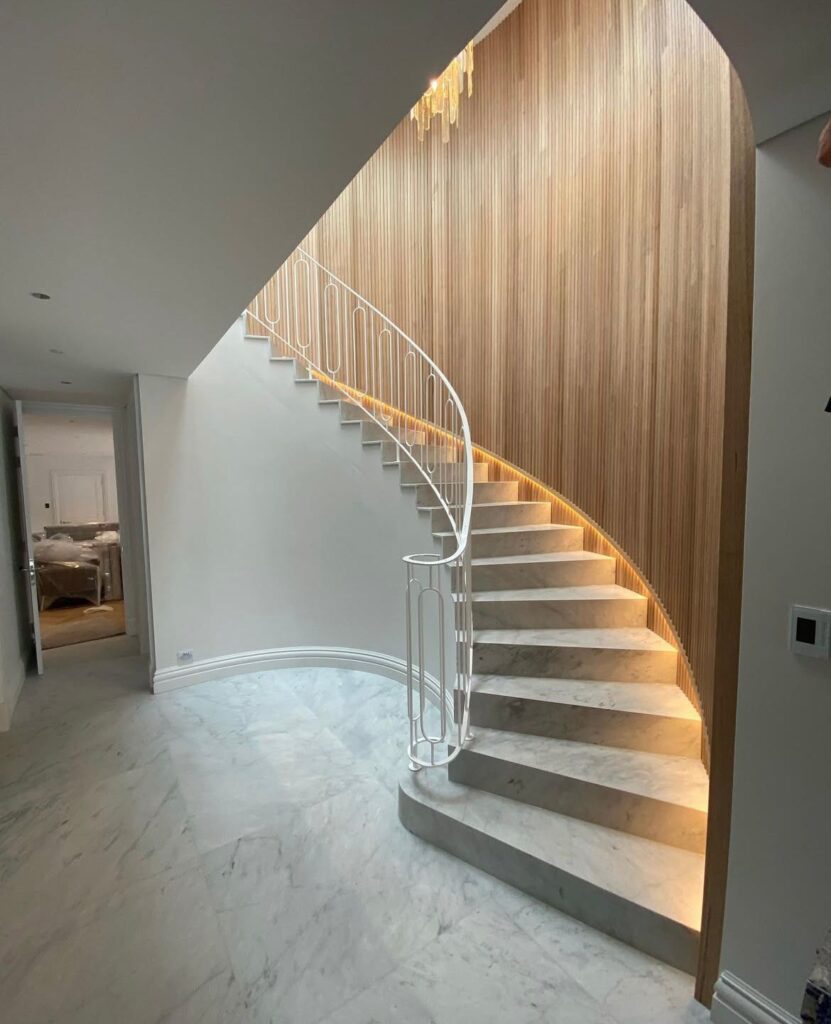Common Wall Painting Mistakes to Avoid | QLD Electrostatic Painters
Painting your walls might seem like a straightforward task, but many homeowners and businesses end up frustrated by uneven finishes, peeling paint, or poor colour choices. Whether you’re freshening up a living space or revitalising a commercial property, understanding what not to do is just as important as knowing the correct technique.
Skipping Proper Surface Preparation
Many DIY painters make the mistake of painting directly onto dirty or uneven walls. Proper wall surface preparation is essential to ensure the paint adheres well and delivers a long-lasting finish. This includes cleaning the surface, patching holes, sanding down rough spots, and applying the appropriate primer before painting begins. Neglecting this step leads to paint peeling, cracking, and uneven textures.
Using the Wrong Type of Paint
Not all paints are created equal, and using the wrong type can compromise your entire project. Interior and exterior paints are formulated differently to withstand specific conditions. As detailed in our article on Interior vs Exterior Wall Paint, using interior paint outdoors, for instance, can result in premature fading and damage. Always choose paint suited to the environment and surface type you’re working on.
Painting in Unfavourable Weather Conditions
Environmental factors play a crucial role in the success of your painting job. High humidity, extreme heat, or cold weather can affect how paint dries and adheres to surfaces. For exterior projects, especially across variable climates in areas like Wall Painting Toowoomba or Wall Painting Gold Coast, it’s best to follow product instructions regarding temperature and moisture. Failing to do so can result in streaks, bubbling, and prolonged drying times that lead to surface imperfections.
Overloading the Brush or Roller
Applying too much paint in one go often leads to drips, streaks, or roller marks. Instead, aim for thin, even coats applied in smooth strokes. Let each coat dry completely before adding another to avoid patchiness. This is especially vital for specialty finishes such as Textured Wall Painting or Accent Wall Painting, where excess paint can ruin the design intent.
Ignoring the Importance of Professional Help
While DIY painting may seem budget-friendly, it often leads to costly rework. Partnering with professionals like QLD Electrostatic Painters ensures a high-quality result the first time around. Our experienced team handles everything from residential painting to large-scale commercial wall painting across Queensland.
With proven systems and a strong focus on client satisfaction, our painters bring precision and care to every project. You can read more about our values and skilled team on our About Us page.
Other Mistakes That Can Ruin Your Finish
Even with the basics covered, smaller missteps can still compromise your outcome:
- Not Testing Colours First
Colours often look different on walls compared to swatches. Always test a small area and observe how it changes in various lighting before committing. - Skipping Primer
Especially on new drywall or stained surfaces, primer helps paint stick and appear more vibrant. Skipping it often results in dull or uneven coverage. - Rushing the Job
Patience is key. Rushing through coats, skipping drying time, or applying too much pressure can undo all your hard work.
If you’re unsure at any step, or if you’re tackling a complex design like feature wall painting, professional insight can make a world of difference.

FAQs
1. What’s the most common painting mistake homeowners make?
The most frequent error is poor surface preparation. Dirty or damaged walls prevent paint from adhering correctly, leading to flaking and uneven coverage.
2. Can I paint my walls if it’s raining outside?
If you’re painting indoors, light rain might not affect your project, but high humidity can slow down drying. For exteriors, avoid painting in wet or humid conditions to prevent bubbling or streaks.
3. How do I know if I need a primer?
Primer is essential if you’re painting over dark colours, patchy areas, or unpainted drywall. It helps create a consistent base and improves paint durability.
Whether you’re painting a single room or an entire property, avoiding these common pitfalls will save you time, money, and frustration. For seamless, professional results across Queensland—from Wall Painting Brisbane to Wall Painting Ipswich—reach out to the trusted team at QLD Electrostatic Painters.
For advice or a quote:
📞 0493871884
📧 [email protected]
🔗 Contact Us
